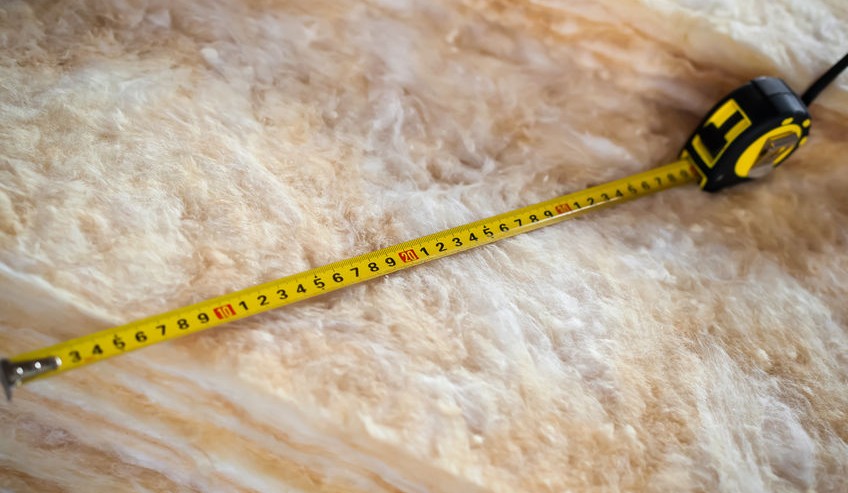Reduce Your Energy Bill with Proper Insulation
When you heat or cool your home, you create a temperature difference between the home’s interior and the air outside. Nature’s tendency is to try to balance out these differences by pulling out heat from your home during the winter and pulling heat into your home during the summer. To stop this natural process, you must use insulation.
Insulation takes many forms, and several types should be used to get the best results. Home owners can consult the product’s R value rating to find the appropriate level of insulation for their climate.
Here are the typical types of insulation a home will use to lower energy bills and keep their house comfortable:
Batts and Rolled Insulation
This type of insulation is the most commonly seen product in residential homes. It is most effective when installed within stud bays or in between floor and ceiling joists. Because of this fact, rolled insulation is generally a project that is only performed when major renovations or construction is performed and these areas will be exposed.
If your home uses drywall construction, removing and replacing the panels is relatively simple, but still constitutes more than a “weekend project” and should likely be left to professionals. Unfinished attics and basements can easily have pre-trimmed batts or rolled insulation added to fit within joices.
Rigid or Permanent Insulation
Other types of insulation are installed during construction and harder for homeowners to manage themselves. These products include:
- Concrete blocks containing foam cores or foam within their mixture
- Foam board and rigid board made of materials like polystyrene or polyurethane. These products are required to have a flame retardant gypsum board covering
- ICFs (Insulating concrete forms) used as part of the home’s structure
- Rigid fibrous insulation used in HVAC system installation or ducting
These insulation types are expensive to install once the structure is complete, making them less of an option for finished homes.
Loose Fill and Blown-In Insulation
For people who have finished homes and do not intend to start major renovations, loose fill could be the answer. A contractor can cut a small circular hole in your home’s siding and fill cavities within the walls. A similar process can be used to add or replace insulation for spaces between floors or ceilings.
Blown-in insulation is also a great option for people who have irregular shaped spaces that pre-trimmed insulation rolls would not fit. Attics in particular benefit from blown-in applications, which seal up corners and reduce energy loss during the winter.
Spray foam is a similar solution that costs slightly more but generally has higher R values for colder climates.
Reflective Insulation
Reflective insulation can be used in floors or walls, but its most common application is in attic spaces. Homeowners can easily trim and apply the product themselves to reflect radiant heat energy according to their concerns.
For instance, homes in hot summer climates would benefit from the reflective board being stapled with the shiny side facing the roof deck. When sunlight penetrates the roof, most of it will be reflected back, saving cooling costs. Applying the reflective board facing the home’s bottom floors would be similarly effective for people wanting to save energy with heating in the winter.
Insulated Windows
Your windows are one of the easiest energy loss areas to take care of. Multi-pane windows have a trapped layer of gas that prevents heat exchange during all seasons. They can reduce energy bills significantly when installed in place of existing single-pane windows.
Weather Stripping
Someone looking for a quick Do-It-Yourself solution to lowering energy bills can simply purchase a roll of weather stripping and apply it along window sills and doorways. This process prevents air from coming in through common entry points. Just one hour’s worth of work can save you money every single month.
Whether you decide to add reflective board to your attic, have a contractor install fill insulation or just take a few moments to apply weather stripping to your doorways, these projects will end up putting money back in your pocket and reducing the risk of needing a premature HVAC replacement.
Are you in the market for a new heating and air conditioning system? Click here to get free custom quotes from reputable HVAC contractors. You’ll receive upfront pricing without having to invite a contractor to your home or even enter your contact information!
Related articles
The Most Efficient HVAC Systems & How They Can Save You Thousands
What are the Benefits of a Central Heating and Cooling System?





Comments
Comments are disabled for this post